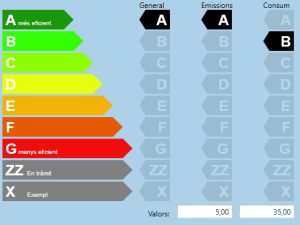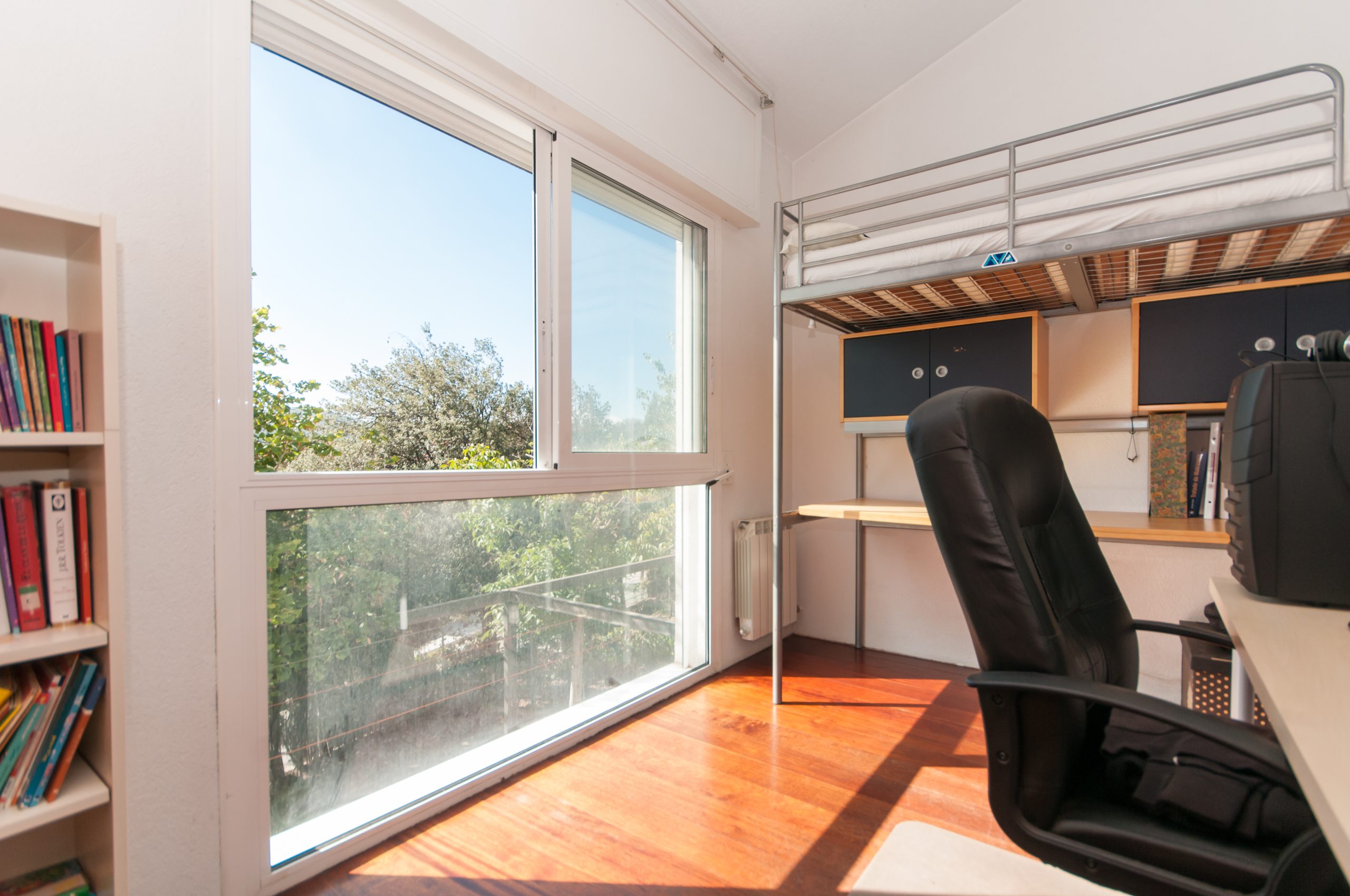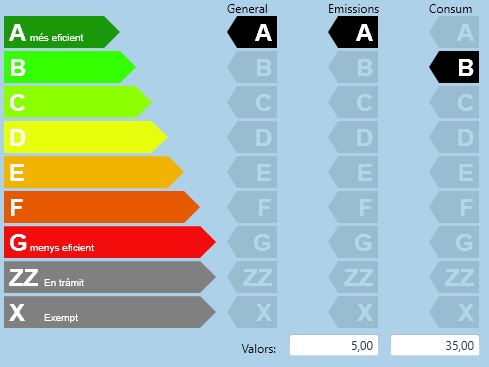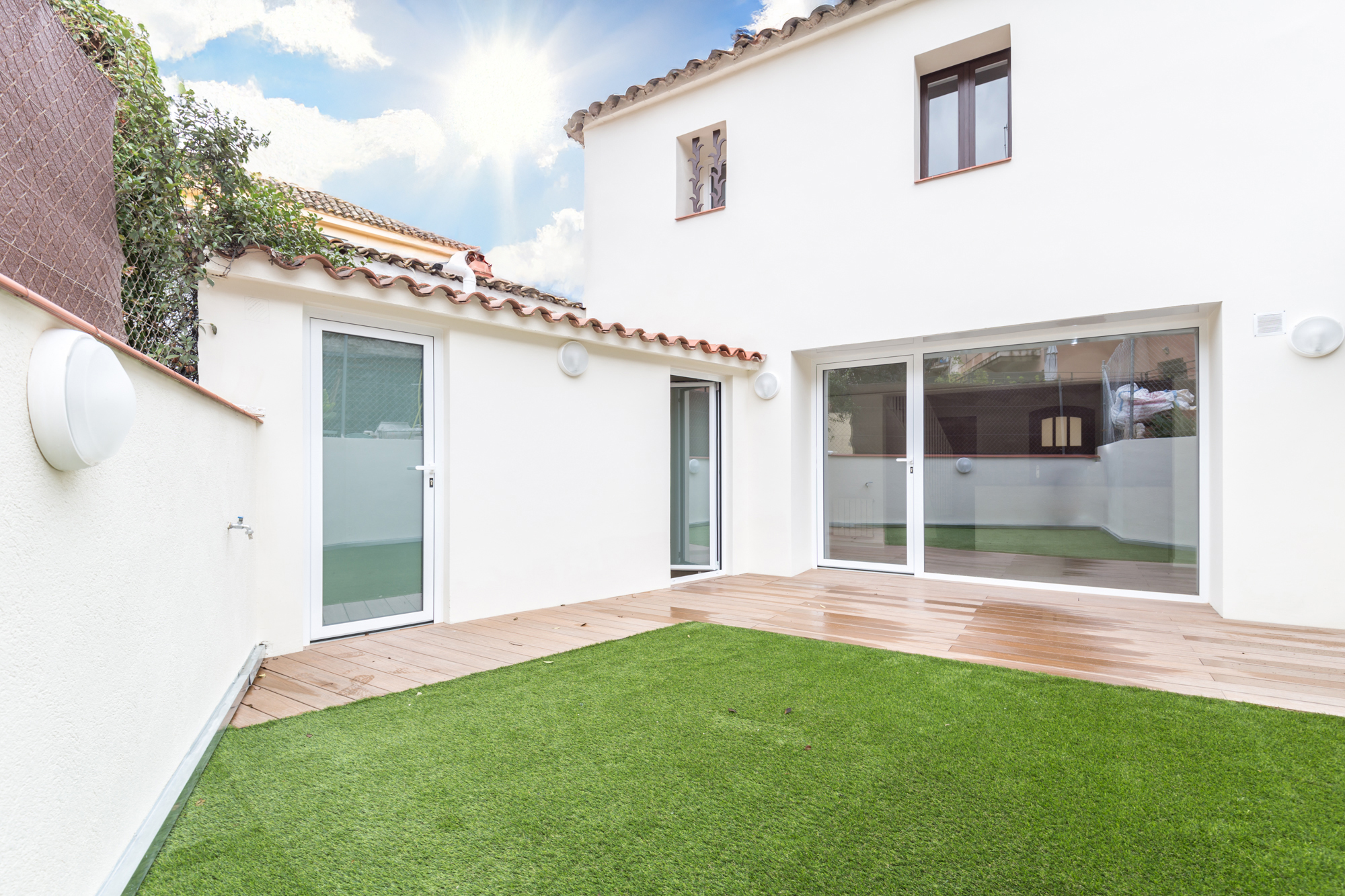Energy efficiency in our homes
Currently we are spending more days at home than ever, it is good to know if we live in a house with high-energy efficiency or not. If it isn’t the case we must know what we can do to improve it.
- But, what is the energy efficiency?
It is used to assess the efficient use of energy and it seeks to protect the environment by reducing the intensity of energy, consuming only the necessary. Therefore, it is a matter of consuming less than the average amount of energy used to carry out the same process; the formula is as follows: less energy to make the same effort trying to use as much renewable energy as possible to do it. So, we should try to use appliances that consume less, but we should also need to include in our day to day more ecological and “green” consumption habits.
The advantages and benefits of having a good energy efficiency are the followings ones:
- Reduce energy costs.
- Reduce production costs.
- Reduce external energy dependence.
- Increase security in energy supply.
- Decrease the consumption of natural resources.
- Reduce the deterioration of the environment.
- Reduce the impact of greenhouse gases.
For these reasons, it is mandatory that all properties have to inform about the energy rating. Cataloging is marked with letters and colors. From letter A to G, the first being the most efficient and the G the least, and accompanied by a range of colors ranging from green to red.
- How is the energy efficiency of new buildings and houses for sale or rent cataloged?
All the necessary information and physical data to make a correct certification are collected. A photographic compilation of the property or premises is also made to verify the data that is collected during the completion of the certificate that is made through a specific computer program.
The technicians look at the main facade, the different openings of the property and how many there are, the facilities, the interior spaces and they make a sketch of the dimensions, height and characteristics, looking too the elements of solar protection and the points of illumination.
Another aspect that they take into account is the geographical orientation of the closings; if they are facing south, the energy rating of the heating will be good, but in the case of cooling, at summer, it will not be as good. For this reason it is very important to have good closures and that they are suitable for each place.
Knowing the efficiency of the facilities and the typology of them, especially if you have a renewable energy supply, it is decisive to make the energy rating of the building.
- What material is important to install while building?
The most important thing is to have good thermal insulation throughout the exterior façade to improve thermal inertia, achieving high-energy savings. The other materials, if they have not been installed while construction, it isn’t so difficult to install them later. Although in most new constructions, they are already there.
- How can we make our house more efficient?
 In the case that we live in an old building, there are things we can change to improve energy efficiency. An example is glass and window frames, it is important to have double-glazed windows with an air chamber. But if the house is oriented to the south, south-east or south-west, you should also consider placing some element of sun protection such as blinds or awnings.
In the case that we live in an old building, there are things we can change to improve energy efficiency. An example is glass and window frames, it is important to have double-glazed windows with an air chamber. But if the house is oriented to the south, south-east or south-west, you should also consider placing some element of sun protection such as blinds or awnings.
If we have an old air conditioning, over 10 years, we must assess the SCOP and SEER (energy efficiency coefficient) that it has to know if a change would be better for us. Currently the SCOP and SEER values are 4 or higher; making a change, we can save up to 50% annually, and it is recommended that the equipment also serve as heating.
In the case of hot water, the most efficient heating system is condensing boilers. But to heat the water, whatever the boiler is, it takes a large amount of energy to reach the right temperature (between 25 and 41ºC); insulating the pipes and adjusting the temperature at the out valves helps to reduce consumption.
If we talk about home appliances, it is advisable to have a kitchen with a ceramic hob and appliances that have a class A rating. But during our day to day there are habits that we can change and that will help us save and make the house more efficient. An example is avoiding the stand-by lights of some appliances, or avoiding digital clocks that constantly consume energy. Install LED or low consumption bulbs, and even with a good location of the mirrors you can have more light consuming less. It must be known that during daylight hours it should not be necessary to have the lights on and thus reduce the electric light at home.
And finally, another very important point is to consider installing a solar power system. The initial investment may seem high, but over time there is a significant saving.


